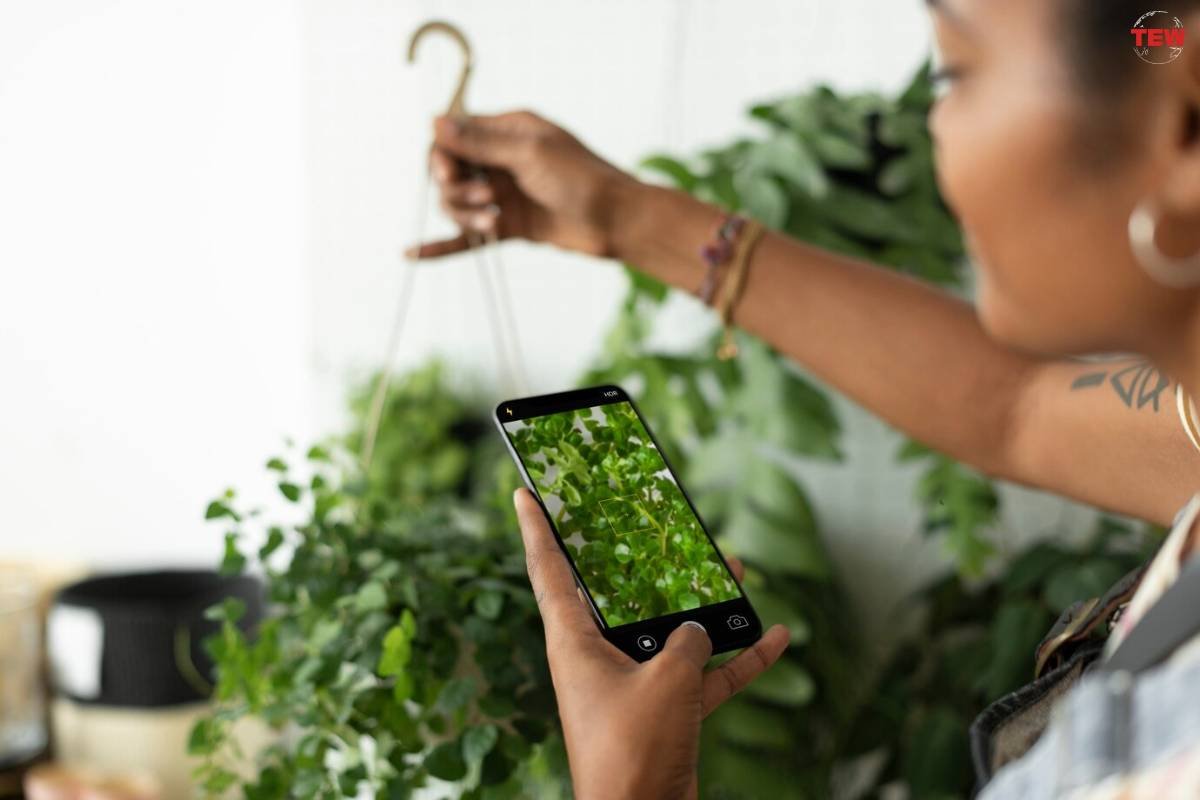Imagine you’re on a nature hike, and you stumble upon a unique plant. You want to learn more about it, but you’re not a botanist. In the past, this might have been a puzzling situation, but today, technology has come to the rescue. Totally plant identifier app have become a reality, thanks to advancements in tech. In this article, we’ll explore the world of plant identification and how technology is revolutionizing the way we connect with nature.
The Challenge of Plant Identification
Plant identification is no simple feat. With over 390,000 different species of vascular plants on Earth, even seasoned botanists can face challenges when identifying plants. Traditional methods involve leafing through field guides, comparing physical characteristics, and consulting experts, which can be time-consuming and, for amateurs, a daunting task. In the digital age, plant identification online has been revolutionized by technology in various ways, making it more accessible, user-friendly, and efficient. Here are some key options how users can identify the plant via application:

- Online Databases: Numerous online databases are dedicated to cataloging plant species. These databases provide an extensive collection of plant images, detailed descriptions, and characteristics, making it easier for enthusiasts to identify plants. Websites like “Flora of North America” and “Plants of the World Online” are valuable resources for identifying plants from around the world.
- Mobile Apps for Identification: Mobile applications have emerged as one of the most convenient tools for plant recognition. Apps like “PLNT,” “PlantNet,” and “iNaturalist” allow users to capture photos of plants and receive real-time identification results. These apps often utilize machine learning and artificial intelligence to provide accurate identifications.
- AI-Powered Identification apps: Machine learning and artificial intelligence have taken identification to new heights. By training algorithms with extensive datasets of plant images, AI models can quickly and accurately identify plant species based on user-submitted photos. This approach is especially useful for amateurs who may not have in-depth botanical knowledge.
- Citizen Science Projects: Citizen science platforms, like iNaturalist and Project Noah, engage the public in documenting and sharing their plant observations. Users can contribute to a global database, and their submissions often undergo verification through AI and expert contributors.
- Global Accessibility: Plant identification online tools and databases have global reach, making them invaluable for travelers and botany enthusiasts. Whether you’re in the heart of the Amazon rainforest or your own backyard, you can identify plants with just a smartphone or an internet connection.
Top Plant Identification Apps

- PLNT: PLNT is a popular app that utilizes AI to identify thousands of plant species. Users can simply take a photo of a plant, and the app quickly provides information on the plant’s common and scientific names, as well as other interesting details. The extensive database of it covers a wide range of plants from around the world.
- PlantNet: PlantNet is a user-friendly app that encourages citizen science by allowing users to submit photos and contribute to a vast database of plant images. With the help of machine learning algorithms, PlantNet identifies plants based on leaf shape, flowers, and fruits. It’s an excellent choice for plant enthusiasts who want to actively participate in plant identification efforts.
- iNaturalist: iNaturalist is a global citizen science platform that covers a wide range of species, including plants, animals, and fungi. Users can record their observations, connect with experts, and contribute to scientific research. The app combines crowdsourcing and AI to assist in plant identification and further scientific knowledge.
- PictureThis: PictureThis is a plant identification app that boasts an extensive database of over 1,000,000 plant species. Users can take a photo of a plant or upload an image from their gallery, and the app provides detailed information about the plant’s taxonomy, care, and characteristics. It’s a valuable tool for both beginners and seasoned gardeners.
- Seek by iNaturalist: Seek is a kid-friendly app developed by iNaturalist, designed to engage younger users in the wonders of nature. It gamifies the identification process by awarding badges and achievements for different observations. With its user-friendly interface and educational approach, Seek is an excellent choice for family outings and educational purposes.
Challenges and Limitations
While technology has certainly made plant identification more accessible, it’s not without its challenges and limitations:

- Accuracy: The accuracy of identification depends on the quality of data and algorithms used. Machine learning models can occasionally misidentify plants, especially if the images are of poor quality or the species are rare or understudied.
- Cost: While many identification apps and databases are free, some may require a subscription or purchase. This cost can be a deterrent for some users.
- Connectivity: Reliable internet access is crucial for using online tools. In remote areas or during outdoor excursions, where connectivity can be limited, these tools may not be as effective.
- Complement, Not Replace: Technology should not replace the valuable knowledge and expertise of seasoned botanists and ecologists. Instead, these digital tools should complement and enhance our understanding of the natural world.
As technology continues to advance, we can expect even more precise and user-friendly plant solutions to emerge. These developments will empower individuals to explore the wonders of the plant kingdom, foster a deeper appreciation for nature’s diversity, and contribute to the protection of our natural environment. Online plant identification applications is not just a technological advancement. It’s a bridge between the digital and natural realms, connecting us to the botanical bounty that surrounds us.






